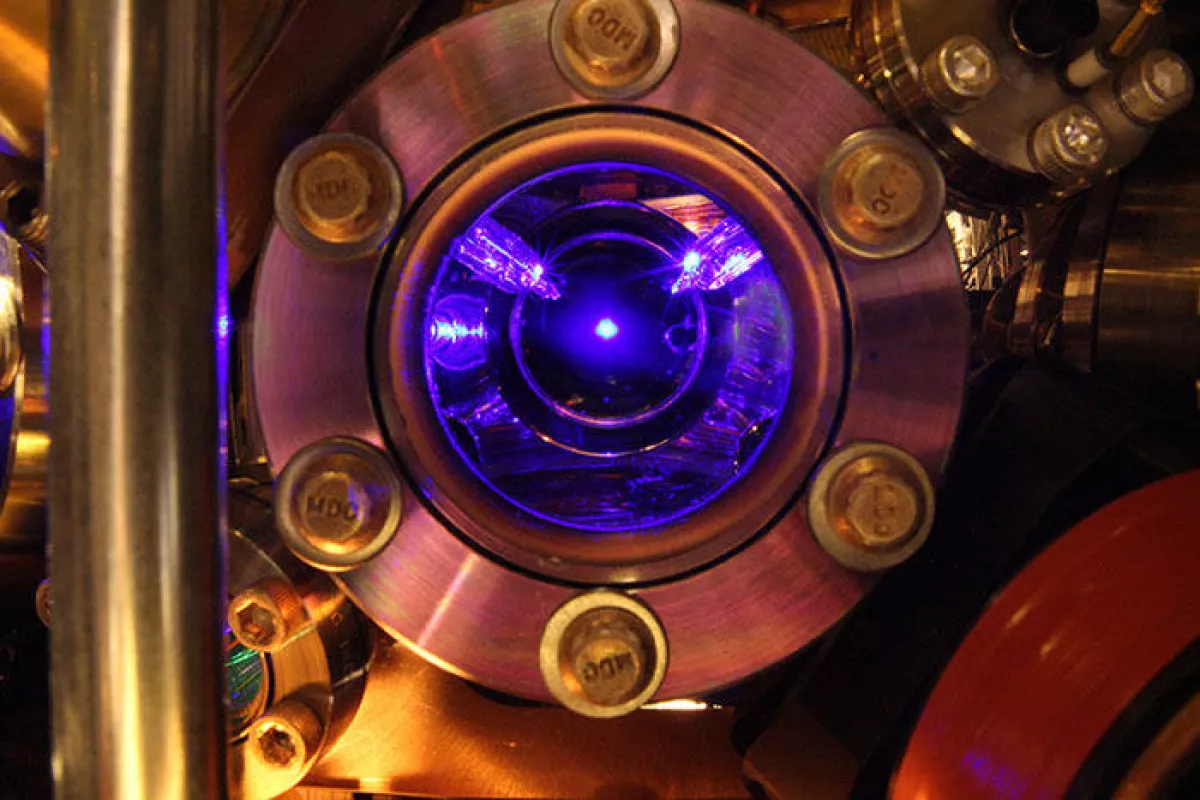New intl. experiment questions conventional understanding of time
In a groundbreaking international experiment, researchers have made significant strides toward redefining the global standard of time by comparing highly advanced optical atomic clocks across six countries. This marks the most comprehensive and coordinated comparison of optical clocks to date and is viewed as a critical milestone in transitioning from the current cesium-based time standard to a more precise and stable global optical time scale.
Optical clocks represent the next generation of atomic clocks. Unlike traditional cesium clocks, which rely on microwave signals to track time, optical clocks use lasers to induce transitions between energy levels in atoms such as strontium, ytterbium, or aluminum. These transitions occur at much higher frequencies, resulting in far greater precision. According to an article published on the SciTechDaily website, the scientists stated that optical clocks can be up to 100 times more accurate than the best cesium clocks, with the potential to lose or gain less than a second over billions of years.
To evaluate whether optical clocks are ready to become the new foundation for global timekeeping, researchers coordinated simultaneous comparisons of ten different optical clocks located in six different countries. These comparisons covered thousands of kilometers and relied on both satellite links and highly precise optical fiber connections to measure frequency ratios — the relative “ticking” speeds — of the various clocks. The study was published in Optica, the flagship journal of the Optica Publishing Group.
Helen Margolis, head of time and frequency at the UK's National Physical Laboratory (NPL), emphasized the importance of accurate time signals for global infrastructure. “The accurate time and frequency signals provided by atomic clocks are essential for many everyday technologies — like GPS, managing power grids and keeping financial transactions in sync,” she said. She noted that these results could significantly enhance the capabilities of optical clocks, opening new frontiers in science and technology.
This latest study included 38 different frequency comparisons, four of which were conducted directly for the first time. Many of the other measurements achieved unprecedented accuracy. According to Marco Pizzocaro, senior researcher at Italy’s Instituto Nazionale Di Ricerca Metrologica (INRiM), these results reveal both the progress already achieved and the work still needed to prepare optical clocks for integration into international timekeeping. “Our experiment also showed how optical clocks across Europe can be linked to measure frequency ratios with state-of-the-art precision. This creates a distributed lab, which could also be used for carrying out tests of fundamental physics, such as searching for dark matter or testing the basic rules of physics,” Pizzocaro noted.

To ensure reliable comparisons, the researchers used two distinct methods to link the clocks. The first involved radio signals via GPS satellites, a technique broadly accessible but limited in precision due to factors like signal noise. The second, more precise method involved sending laser signals through optical fiber links. These links provided measurements up to 100 times more precise than satellite-based techniques but were only available between clocks located in France, Germany, and Italy. Additional local comparisons in the UK and Germany used shorter fiber links to further reduce uncertainties.
This large-scale effort exposed not only impressive consistency among the clocks but also revealed some unexpected inconsistencies. “Not all the results confirmed what we expected, and we observed some inconsistencies in the measurements,” said Rachel Godun, principal scientist at NPL. However, the coordinated nature of the study — with multiple clocks and link methods — made it easier to trace the sources of error and identify areas for improvement.
Thomas Lindvall of VTT MIKES in Finland explained the benefit of this broad approach: “Comparing multiple clocks at the same time and using more than one type of link technology provides far more information than the mostly pairwise clock comparisons that have been carried out to date.” He added that such comprehensive data sets are crucial to determining which optical clocks are best suited for anchoring the new definition of the second.
While this study marks a significant step forward, the road to redefining the second is not yet complete. Researchers caution that to fully transition to optical clocks, uncertainties in measurements must be minimized to align with the clocks' ultra-high precision. Repeatability and reliability in global comparisons must also be demonstrated, alongside consistent contributions to international timekeeping frameworks. Still, the success of this study shows that the foundation for a global optical time scale is rapidly becoming a reality.
By Nazrin Sadigova








